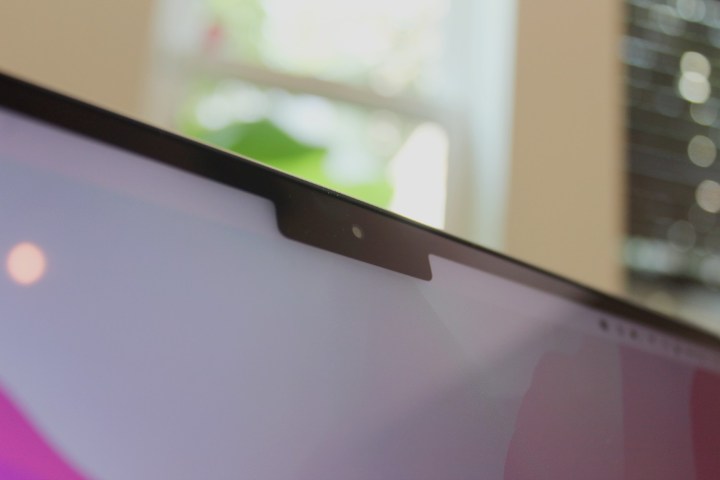MacBooks have been on a roll lately, and in a lot of ways, they’ve made it difficult for Windows laptops to keep up. Dollar for dollar, they tend to be faster, longer-lasting, and more feature-rich machines.
There’s been one blatant feature missing from Macs, though: Face ID. Despite plenty of rumors over the years, Apple has continued to leave Face ID off the MacBook. We’ve been asking for it for years now, but Apple can be stubborn with stuff like this.

By contrast, the vast majority of new Windows laptops have Windows Hello, a facial authentication system for secure, hands-free logins. It works like a charm, using an IR camera to make logins faster and safer. For years now, some high-end laptops have had presence detection to save battery life and make signing in even easier.
But with Macs, we’ve been stuck using the Touch ID fingerprint reader or a password. Until fairly recently, this was a pitiful situation on Mac desktops in particular, before Touch ID keyboards came out in 2021 with the refreshed iMac. Having to rely on an old-school password was a shame, especially for a computer that costs this much. There were rumors that Face ID might finally launch on Macs with that new iMac, but that never panned out.

According to a new patent, though, Apple may be finally planning to bring Face ID to MacBooks. As seen by Patently Apple, a new patent filed by Apple demonstrates a system for bringing Face ID to MacBooks, iMacs, and Mac desktops. On MacBooks and iMacs, the sensors required for Face ID would be built right into the notch next to the webcam and other sensors. On Mac desktops such as the Mac Pro, Mac Studio, or Mac mini, the patent shows use of an external webcam that can accomplish the same goal.
The patent even shows Face ID being used for things like logging into email. Because of how long it’s taken to bring Face ID to Macs, it’ll be great to see if Apple has some additional use cases in mind for the feature rather than just logging in or approving payments. In Apple-speak, this is the TrueCamera system that’s used in its mobile devices, which also powers some AR experiences like Animoji. If Apple wants to expand its ecosystem of AR- and metaverse-related technology to match its push with the Vision Pro, having Face ID on Macs is a no-brainer.
Unfortunately, we don’t know much right now in terms of timing. This isn’t the first time a patent related to Face ID on Macs has been reported on. The first patent was noticed in 2020. Patents also can’t be trusted as concrete plans for the future. Plenty of patents never turn into products or features, especially with Apple.
However, Apple leaker Mark Gurman did note in 2021 that Face ID would finally come to the Mac in the next two years or so. We know this has been in the works — we just don’t know exactly when Apple will pull the trigger.
The next obvious launch would be on M3 MacBooks, which are due out either in late 2023 or in 2024. We’ll have to wait and see if Apple finally makes Face ID on Macs a reality, but the rumors are certainly seeming more hopeful.


